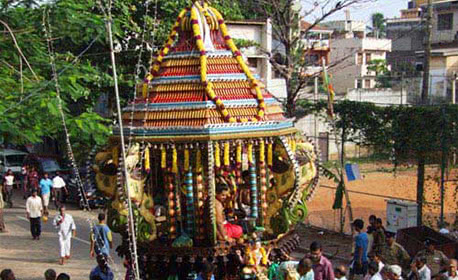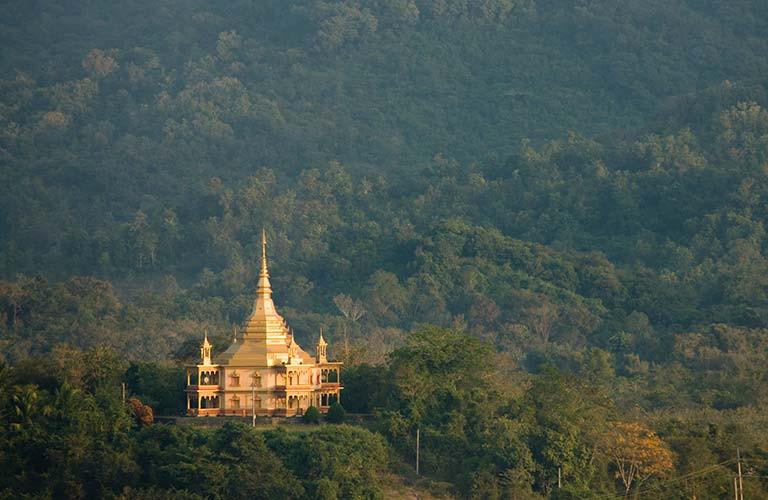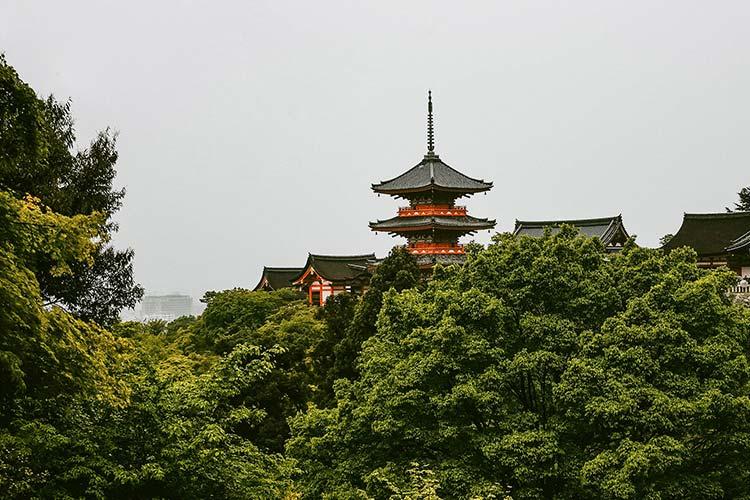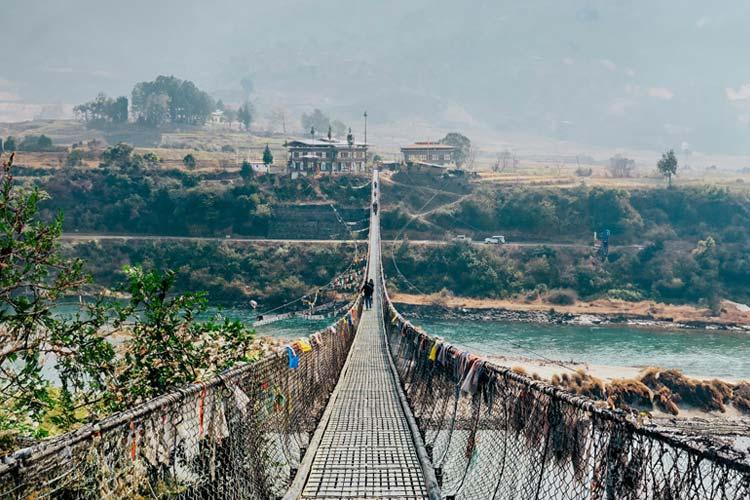Surf and Sand: Four stops on an East Coast Sri Lanka Roadtrip
- Author
- Zinara Rathnayake
The beautiful island of Sri Lanka has warm tropical weather moderated by ocean breezes. Mean temperatures range from 17 °C (63 °F) in the central highlands, where frost may occur for several days in the winter, to a maximum of 33 °C (91 °F) in more low-altitude areas. The climate is defined by two monsoon seasons, May to July in the southwest, and October to February in the north and east.?
It is hot and dry in the country’s north and east during March through September, with highs of 32°F C (90°F ) in March, rising to 37°C (100°F) in July before falling back to about 33 °C (91°F ) in September, though the coast has a cooling effect so it does not seem so hot. April brings the start of the southwest monsoon, so the best place to be is in the north of the country, cultural triangle, or the eastern coast. The stunning northeast beaches are perfect in in July, August and September. There are also many festivals at this time in Sri Lanka, such as the Vesak Poya in May, which celebrates Buddha’s birth, enlightenment and death, and is marked with flowers, the lighting of lamps and burning of incense, as the country comes to life in ritual and ceremony
May to August and it is monsoon season in the country’s west and southwest, with rainfall of around 150 mm over these months. July and early August can be hot, between 25 and 31 °C (77-88 °F), but not unpleasant for traveling the island, which is invariably cooled by sea breezes. During these months it will be possible to see a great many elephants at the various game parks and preserves around Sri Lanka, with Yala National Park a highlight. It is home to many spectacular bird species, such as the Sri Lanka wood pigeon, crimson-fronted barbet, and black-capped bulbul, not to mention a vast array of reptiles endemic to the island, including the Sri Lankan flying snake, painted-lip lizard, Wiegmann's agama, and Bahir's fan-throated lizard.

July-August
One of Sri Lanka’s most spectacular and colorful festivals is Esala Perahera, a 10-day event in the central city of Kandy. Held to commemorate an ancient Buddhist tooth relic, this festival features processions through the streets, dancing, and music. It all ends with a peculiar ‘water cutting’ session (with swords) in the river.
Location Kandy, Sri Lanka

July-August
Vel Festival sees the ceremonial chariot of the God of War, Skanda, pulled between two of Colombo’s major Hindu temples. Over two to three days, body painting and colorful outfits can be seen alongside painful displays of religious devotion, where participants dangle themselves by piercing their skin on their backs with metal hooks.
Location Colombo, Sri Lanka

July-August
This important Hindu festival takes place in the pretty pilgrimage town of Kataragama in the south of the island. On the day/night of the full moon in July (somtimes in August), devotees subject themselves to various ritual torture techniques in a bid to appease their deities. It’s not for the faint-hearted, but certainly an unforgettable spectacle.
Location Kataragama, Sri Lanka
An Asia-focused magazine brought to you by Remote Lands - a platform for adventure, luxury, and authenticity from experts and explorers around the continent.
Here is a small selection of the kind words our clients have said about us recently.

This was the single GREATEST travel experience of my LIFE, in which REMOTE LANDS gave me a chance to enjoy EVERYTHING, and experience NONE of the usual travel stress.

Our party preferred a French-speaking local guide and you found someone who was both knowledgeable and helpful. We would recommend her to anyone with the same needs.
You are invited to Remote Lands’ signature Aman Jet Expeditions, in partnership with our friends at Aman. These are small group journeys designed for people who usually travel independently.


Japan · Philippines · Indonesia · Maldives · Oman · Venice · Morocco
September 8–28, 2024
See Itinerary

Nepal · Bhutan · India · Sri Lanka
October 14–28, 2024
See Itinerary

Vietnam · Laos · Cambodia · Thailand
November 10–20, 2024
See Itinerary

Japan · Vietnam · Thailand · Bhutan · India · Uzbekistan · Greece
April 19–May 9, 2025
See Itinerary

Japan · Philippines · Indonesia · Maldives · Oman · Venice · Morocco
September 7–27, 2025
See Itinerary

Nepal · Bhutan · India · Sri Lanka
October 19–November 2, 2025
See Itinerary
